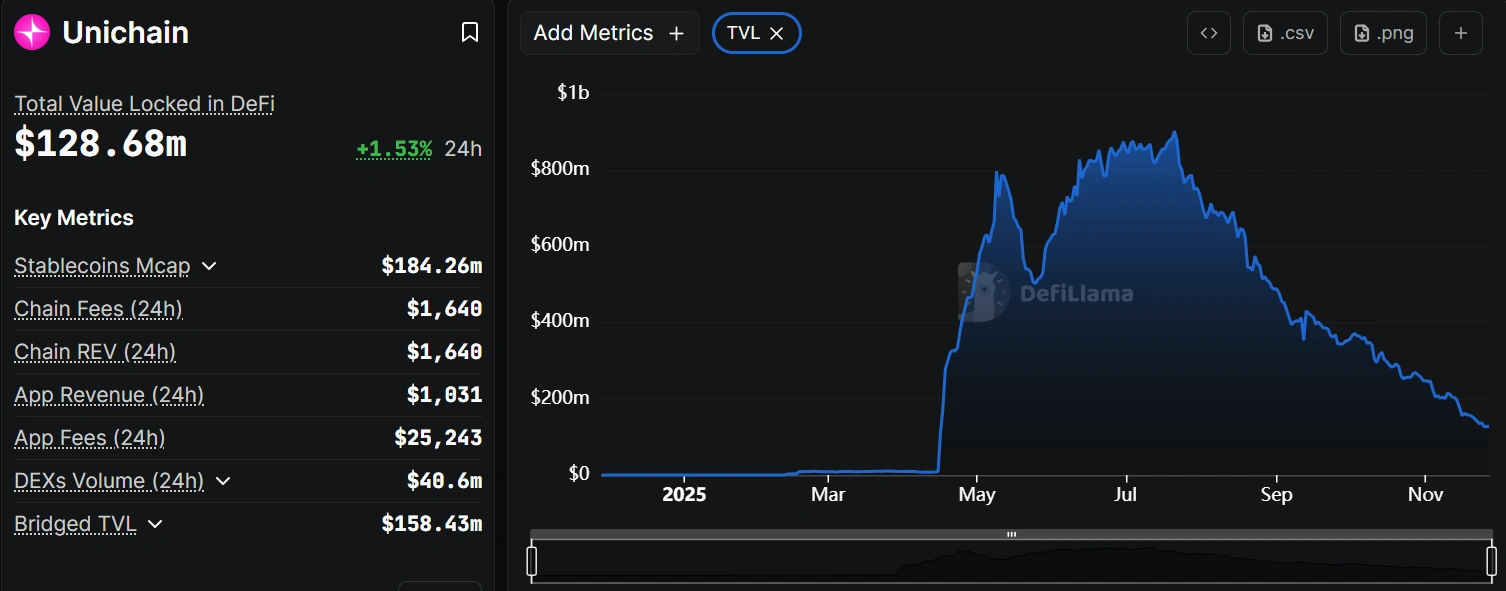AI’s Diverging Trajectories: Business Integration and Speculative Investment Drive Expansion and Hurdles
- US AI sector saw 49 startups secure $100M+ in 2025, driven by C3.ai-Microsoft enterprise AI integration and cloud partnerships. - C3.ai's industry-specific solutions (energy, manufacturing) achieved $87.2M Q1 revenue, with $370M+ FY2025 projections. - OpenAI faces $207B funding gap by 2030 despite $288B cloud contracts, highlighting sector's capital intensity and monetization challenges. - Market duality emerges: C3.ai focuses on enterprise adoption with consumption-based pricing, while OpenAI relies on
In 2025, the artificial intelligence industry in the United States maintained its rapid growth, with 49 startups each raising more than $100 million, marking a surge of innovation and investment. A key highlight was the deepening collaboration between C3.ai and

While C3.ai stands as a model for effective AI integration, OpenAI’s financial journey highlights the heavy capital requirements of the field. The company, recognized for its ChatGPT platform, has entered into cloud agreements exceeding $288 billion with Microsoft and Amazon recently, and anticipates compute expenses reaching $1.4 trillion by 2033. Although OpenAI generated $4.3 billion in revenue during the first half of 2025, its losses have grown due to significant research and development spending, casting doubt on its ability to fulfill long-term commitments.
The divergent trajectories of C3.ai and OpenAI highlight two main forces shaping the AI industry: one propelled by enterprise deployment and strategic alliances, the other by speculative funding and infrastructure needs. OpenAI’s
Looking forward, the AI sector is expected to experience ongoing consolidation and technological progress. Startups that secure large investments in 2025 will need to prove their solutions can scale and deliver clear value to maintain investor confidence. For businesses, embedding AI into essential operations remains crucial, with platforms such as C3.ai and OpenAI playing pivotal roles. As the industry evolves, achieving a balance between technological innovation and financial viability will be essential for both emerging companies and established leaders.
Disclaimer: The content of this article solely reflects the author's opinion and does not represent the platform in any capacity. This article is not intended to serve as a reference for making investment decisions.
You may also like
Hash Ribbon Flashes Signal That Often Marks Cyclical Bottoms for Bitcoin Price
Crypto for Advisors: Crypto’s Role in Portfolios
Bitcoin whale opens $56.7M Bitcoin long after 18 months on the sidelines
Unichain TVL collapses 86% as incentive program ends and liquidity exits
